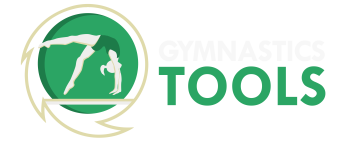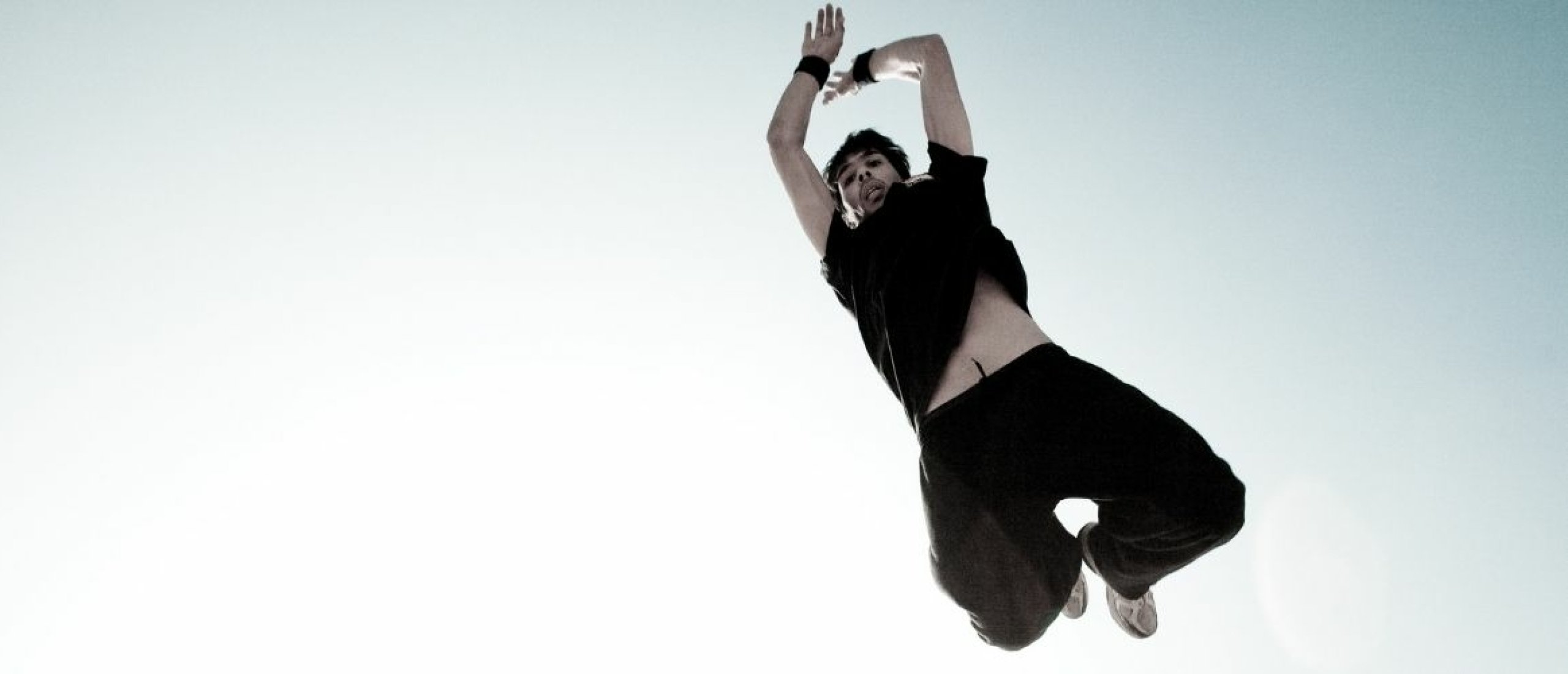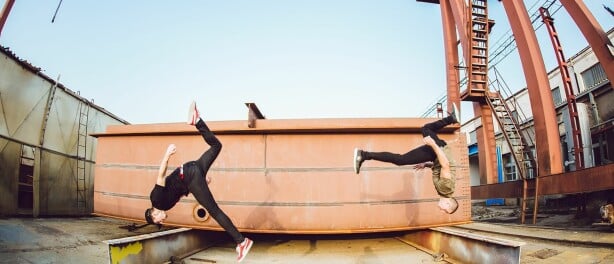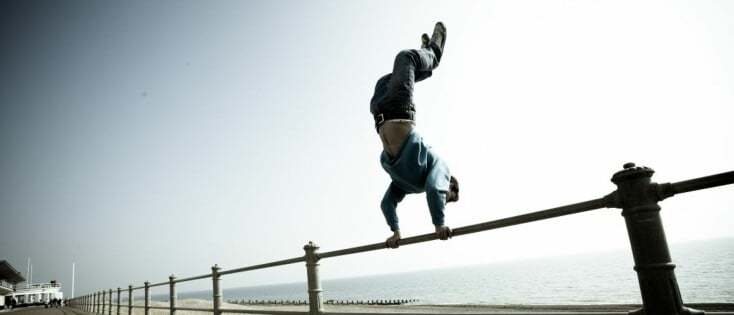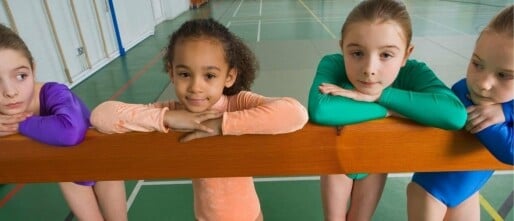In order to understand where the sport of parkour and freerunning comes from, and how we can then apply it in our lessons as freerun instructors, it is important to delve into the history of the sport. In this article, you will read more about the background and how you can apply it in your own freerunning lessons.
Georges Hébert
Georges Hébert (born in Paris, 27 April 1875 - Tourgéville, 2 August 1957) was a French naval officer. He was the inventor of the sports practice "méthode naturelle", also called "hébertisme".
Hébert developed his own method of physical training with the aim of strengthening his men physically and morally so that they were fully adapted to every conceivable obstacle in the open air. They trained on speed, explosiveness, resistance and strength. The elements to be performed included walking, balancing, self-defence, swimming, running, jumping, climbing, weightlifting, throwing and locomotion on hands and feet.
Because of his background in the navy, Hébert sometimes used obstacles on his course based on those found on the ship's deck. After its development during the war, it became the standard for physical training in the French armed forces. Many military training courses in French Canada and Europe are still called Hébert courses today.
Raymond Belle
One of the disciples of Hébertism was the orphan Raymond Belle who grew up in a military orphanage after losing his father. He resolved to train harder than anyone else. So that he could never be a victim and taught himself to be strong enough to handle any situation (ètre fort pour ètre utilité). Raymond Belle eventually joined the army and then worked for the French fire brigade in Paris. He had a son: David Belle.
David Belle
Raymond's son, David Belle, was born in 1973. He experimented with athletics and gymnastics, but became increasingly dissatisfied with both school and sports clubs. As he grew older, he began reading newspaper clippings about his father's exploits and became increasingly curious about how his father developed himself to achieve these feats. Through conversations with his father, he realised that he was looking for a way to develop skills that would benefit him in his life, rather than just training to kick a ball or perform movements in a soft, matted indoor environment.
Through conversations with his father, David learned about this way of training that his father called "course". He heard his father talk about the many repetitions he had done to find the best way to do things. He learned that for his father, training was not a game, but something that was vital to his survival and to protecting the people he cared about. David realised that this was what he was looking for and so he began to train in the same way. After a while he found it much more important to him than training and he gave up his other commitments to concentrate all his time on his training.
The sport of Hébertism was hardly known for a long time, but was given new life thanks to David Belle. David initially trained alone but later found like-minded people in the sport including his cousins and a few friends. Together with this group of friends (later known as the "Yamakasi") he developed a specific way of training that got the name l' art du deplacement (the art of moving).
The origins of Freerunning
After many years of training, development and several TV appearances, the sport became more and more famous and the Yamakasi started to grow apart. David Belle wanted to become an actor and Sebastian Foucan (another member of the Yamakasi) preferred to teach and coach this form of movement. They both decided to leave the Yamakasi group.
Sebastian Foucan decided to go to England to coach Parcours. Once there, he was soon asked to collaborate on a documentary about his sport. The iconic 'Jump Britain'. The producer of this documentary thought parcours was a tricky word and was afraid the English public would not understand it. He changed the word course into the word Freerunning.
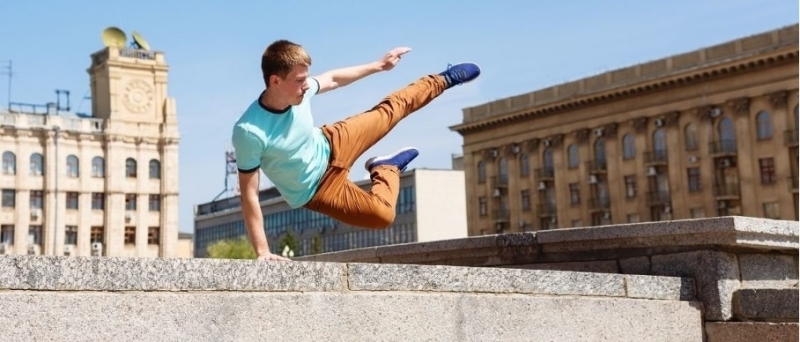
Definition of Parkour
According to Williams Belle, the philosophies and theories behind parkour are an integral aspect of the art that many non-practitioners have never been exposed to. Belle says he trains people because he wants it to "live" and "people to use it".
Châu Belle (Yamakasi) explains that it is a "kind of freedom" or "kind of expression"; that parkour is "just a state of mind" rather than a series of actions, and that it is about overcoming and adapting to mental and emotional obstacles and physical barriers.
Tracker Dylan Baker says: "Parkour also influences one's thought processes by improving self-confidence and critical thinking skills that enable one to overcome everyday physical and mental obstacles".
A study by Neuropsychiatry de l'Enfance et de l'Adolescence (Neuropsychiatry for children and adolescents) in France found that trackers seek out more excitement and leadership situations than gymnasts.
The idea of the parkour philosophy is the idea of "human recovery".
Andy Tran of "Urban Evolution" explains it as "a way of reclaiming what it means to be human. It teaches us to move using the natural methods we should have learned from childhood. It teaches us to touch and interact with the world, rather than be protected by it.
As you can see, there are different ways to experience and define parkour. There is no right or wrong way to define parkour.
However, there are several elements that always recur in every definition you come across;
training, mental, physical, freedom, movement, obstacles.
Hébertism
Earlier we talked about George Hébert. This is the founder of Hébertism, also known as the Méthode Naturèlle. Looking at his vision, you find a clear way to describe basic forms of movement. This division is one way of looking at movement, there are many more. We are not the movement police and do not want to look at movement one-sidedly. We do want to give you a way of looking at it.
10 forms of exercise;
The "Méthode Naturelle" describes 10 forms of movement that make a person "healthy".
- Hiking
- Run
- Jumping
- Crawling
- Climbing
- Wear
- Balance
- Throwing
- Defence
- Swimming
Many of these forms of movement are also found in Parkour and Freerunning. Throwing, self-defence and swimming are less common. However, you do see defence indirectly in Parkour.
What are basic forms of movement in Parkour?
To structure the endless possibilities of movement, we start big (concepts), move to small (techniques) and finish with the skills.
It is useful to be able to see structure in different movements, so that you can see which movements 'belong' together. This will help you with movement analysis, but also with understanding and learning movement.
Concepts
- Run
- Jumping
- Climbing
Techniques
- Precisions, tic tac, plyos
- Parkour roll, dive roll, drop roll
- Laughter, swinging, climb-ups
- Wall-run, horizontal, vertical, over
- Catleap, equal level, up, down, to and over obstacles
- Vaults, over obstacles, high, low, small, big, fat, thin
- Flips
Skills/Skills
- Moving quietly
- Precision
- Rhythm/Timing
- Flow
- Speed
- Energy efficiency
- Balance sheet
How do you use the above format?
Parkour originated from a group of friends who sought challenges in their environment with a slight knowledge of hebertic movements. Because they used certain movements frequently, they gave those movements/techniques names themselves, such as precisions, vaults etc.
We try to teach people Skills using the different techniques. For example, you can spend a whole lesson on the silent movement skill. It doesn't matter which techniques you use, because you can apply the silent movement skill to all of them. This makes Parkour a nice and broad basis for many other sports. Because with Parkour we don't necessarily learn techniques, we learn how to adapt our bodies to different situations.
From parkour, you can make a nice 'transfer' to a range of other sports. You often see that parkour athletes are able to integrate well into different sports because they are so broadly developed. In short, with Parkour as a basis, you can do other sports more easily.
